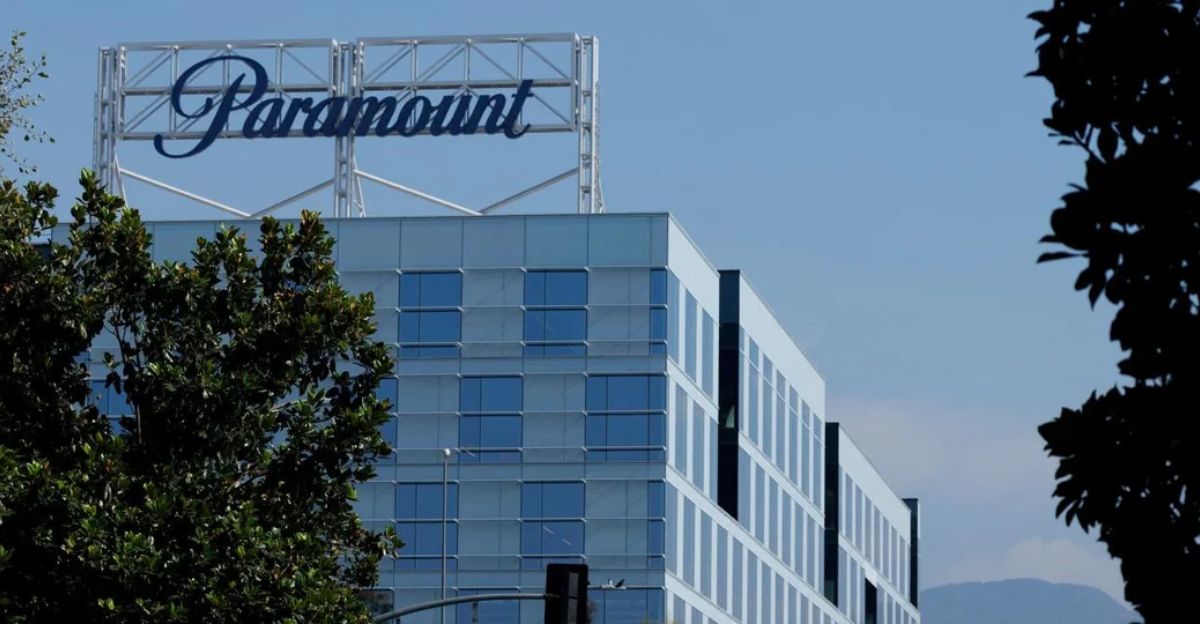
In September 2025, following the completion of an $8 billion merger with Skydance Media finalized in August, Paramount’s new CEO David Ellison issued a companywide mandate: employees at the Los Angeles and New York offices must return to the office five days per week starting January 5, 2026, or accept a severance package. The result was significant: Paramount paid out $185 million in severance as approximately 600 employees at the vice-president level and below chose to leave rather than comply with the new policy. This decision sent shockwaves through the media industry, raising questions about the future of work, corporate restructuring, and the broader impact on employees, competitors, and the broader business landscape.
Ellison’s Mandate: Restructuring at a High Cost

The return-to-office (RTO) policy was part of a sweeping restructuring plan under new leadership. Ellison aimed to streamline operations, reduce headcount, and position Paramount for future challenges in a rapidly evolving media landscape. In an internal memo, Ellison wrote that “in-person collaboration is absolutely vital to building and strengthening our culture and driving the success of our business,” noting that some of his most formative career moments came from being physically present in collaborative environments rather than on video calls.
The strategy came with a steep price tag. The $185 million in severance payouts formed just one part of a larger $1.7 billion restructuring expense, highlighting the significant financial costs of workforce transitions. Beyond the RTO offer, Paramount announced plans to shed approximately 1,600 additional employees as part of broader cost-cutting initiatives aimed at saving over $2 billion post-merger.
For many employees, the RTO order was a breaking point. After years of remote work, workers cited family responsibilities, health concerns, and lifestyle changes as reasons for refusing to return to the office. The company’s July-through-September 15, 2025 severance window reflected this tension, with departures concentrated among mid- and lower-level executives in major media hubs.
Industry Reactions and the Talent Migration
Paramount’s decision did not go unnoticed by its peers. Media and tech companies across the country watched closely, with some considering similar policies as potential cost-cutting measures. The decision reflected a broader corporate trend, as NBCUniversal and other major media employers issued their own return-to-office mandates around the same time.
The exodus from Paramount potentially creates opportunities for rival firms. With experienced talent entering the job market, competing companies in streaming, technology, and entertainment sectors are positioned to benefit from the availability of skilled workers from one of the industry’s largest employers.
Beyond industry competition, Paramount’s restructuring raised questions about the broader media landscape. The company’s ongoing efforts to integrate with Skydance and streamline operations may affect content production timelines, though specific production delays directly attributable to the RTO departures have not been publicly documented.
Economic and Community Considerations

While the full effects of Paramount’s restructuring on local economies near its headquarters remain to be seen, the departure of hundreds of office workers from major media hubs could have ripple effects. Historically, significant reductions in office-based workforces have impacted local businesses dependent on weekday foot traffic, including restaurants, retailers, and service providers.
Paramount’s stock has experienced fluctuations in recent months, though analysts have attributed these movements to multiple factors including broader media industry trends, merger integration challenges, and the company’s financial performance rather than solely to the RTO policy.
Broader Implications: Work, Well-Being, and the Future

The RTO mandate reignited ongoing debates about work-life balance, mental health, and the evolving nature of employment in the post-pandemic era. Research suggests that workplace flexibility remains an important consideration for many professionals, particularly regarding family responsibilities and lifestyle preferences.
The episode has drawn attention from labor advocates and policymakers who have called for greater transparency from companies regarding employment changes and stronger protections for workers facing significant changes in working conditions. The shift in corporate RTO policies has also sparked discussions about environmental and sustainability implications of commuting patterns.
Looking Ahead: Paramount’s Precedent and Industry Stakes

Paramount’s restructuring has become a notable case study for how major media companies are approaching workforce management and return-to-office policies. The company’s experience demonstrates both the potential costs of rigid workplace mandates and the broader challenges of managing large-scale organizational transitions in a competitive industry.
As Paramount navigates its integration with Skydance, the balance between operational efficiency, content quality, and talent retention will significantly shape the company’s future trajectory. The ripple effects of this restructuring will likely influence how other major corporations approach workplace policies and employee retention strategies in the coming years.